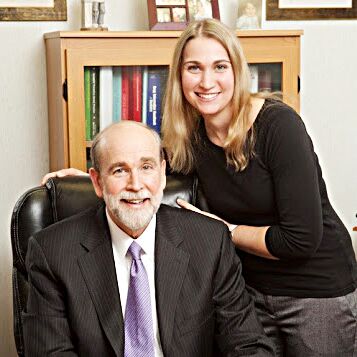
By now, most people have heard about the report put out by the Associated Press, where they looked at flossing research conducted over the past decade, focusing on 25 studies that generally compared the effectiveness of plaque removal using only a toothbrush with the combination of toothbrushes and floss. The findings? The evidence for flossing is “weak, very unreliable,” of “very low” quality and carries “a moderate to large potential for bias.” When the federal government issued its latest dietary guidelines this year, the flossing recommendation had been removed, without notice. In a letter to the AP, the government acknowledged the effectiveness of flossing had never been researched, as required. Now, where does that put dentists, who for years have stressed the importance of brushing and flossing as a way to prevent cavities, and now the media says it appears to be of little help?

When plaque is left to build up, it can combine with sugar from our diets and cause cavities. The simplest way to prevent cavities is to remove the plaque, and brushing alone cannot remove plaque from all the surfaces, especially in between teeth. For years, dentists have been touting floss, but if floss is not effective, how to remove the plaque? Flossing is not the only way to remove it, and it is by far not the best way, as the study shows. For years, we have been telling our patients that the best way to remove plaque from in between the teeth is with a water flosser, also known as a waterpik. This system squirts jets of water in between the teeth, flushing out food particles and plaque. It is a must for anyone who has had dental work or any gum problems, or bleeds when they try to floss. For patients who have large spaces between their teeth, we recommend soft picks or interdental cleaners; they look like small pipe cleaners and clean very well between teeth. And don’t throw away the floss just yet. Used correctly, floss can remove plaque and food that is stuck, although not as well as a water flosser or soft picks.
The takeaway in this study is that dentistry is constantly evolving, and dentists are always looking for the best ways to treat their patients. While flossing may not be as effective as we once thought, the truth remains that patients with less plaque have less cavities; we just have better ways than floss to accomplish that goal. Ask your dentist what is right for you.
Dr. Herbert Schneider has been recognized for his work with fellowship awards from the Academy of General Dentistry and the American Endodontic Society. He also holds a prestigious mastership from the World Clinical Laser Institute. Dr. Rachel Jacobs joined the practice in 2006. Her calm, yet precise manner makes her a hit with both adults and children. Both doctors are certified in the uses of three different clinical lasers… AND THEY BOTH OWN AND USE WATER FLOSSERS.
By Dr. Herbert Schneider and Dr. Rachel Jacobs












